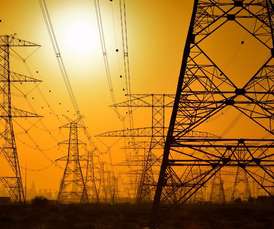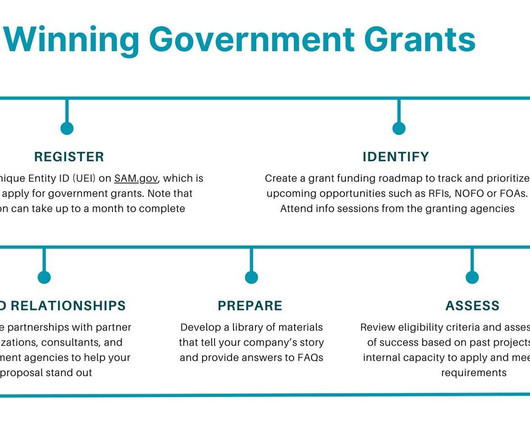What happens when climate policy collides with real-world constraints?
Business Green
OCTOBER 7, 2022
How the policy will unfold is impossible for me to imagine. The legislation includes: The Inflation Reduction Act (IRA), which will spend roughly $370bn on decarbonisation and climate resilience over the next 10 years and is projected to get the US two-thirds of the way to its emissions goals by 2030.














Let's personalize your content